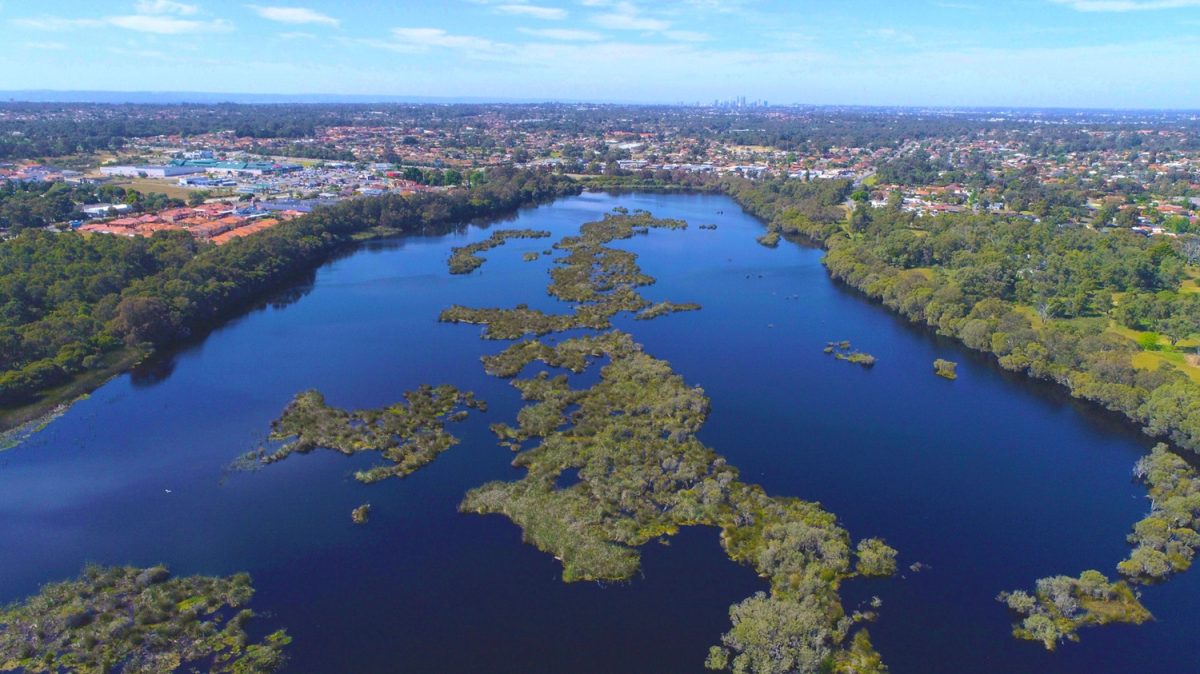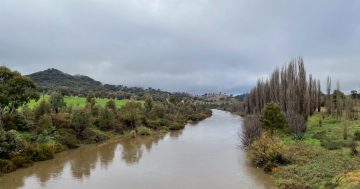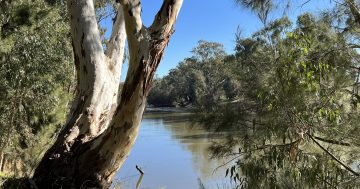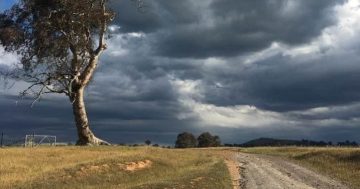
The guide is designed to help water users manage the resource better in the face of climate change. Photo: WA DWER.
The Western Australian Government has published a guide designed to assist scientists, planners and decision-makers to better manage water resources in the face of the effects of climate change.
Developed by hydroclimate technical experts at the Department of Water and Environmental Regulation (DWER), the guide has been peer-reviewed by the Bureau of Meteorology, CSIRO, Water Corporation, the National Environmental Science Program’s Climate Systems Hub, and the Victorian Department of Energy, Environment and Climate Action.
It includes a step-by-step decision-support tool that outlines a modernised framework for practical climate assessments. It says water planners, modellers, managers and investment decision-makers require a contemporary direction to take into account the effects of potential climate change across WA, and will support technical assessments for water management.
It describes how to analyse a water system, choose a process for using projections, assess possible climate change consequences for a water system and communicate the findings.
The guide is part of the State Government’s initiative to deliver climate science resources for WA’s water users, and supports key directions outlined in the Climate Adaptation Strategy.
The government says WA is already experiencing considerable climate change, including an altered water cycle.
It says the state has warmed by about 1.3 degrees since 1910, that the latest science shows climate change having rapid and intensifying impacts that vary across the state, and that changes to rainfall, evaporation, streamflow and groundwater recharge are affecting water availability.
Water Minister Simone McGurk said the government had been accounting for climate change impacts for decades, facilitated by earlier guidance informed by technical expertise.
“The new guide reinforces this State Government’s efforts to tackle the impacts of climate change on our water resources and makes the best use of the most up-to-date science,” she said.
“One of the biggest benefits of the guide is that it can be applied widely to climate projections, making this an enduring and important resource.
“The guide helps us choose climate adaptation actions today that will assist key decision-makers with determining WA’s water needs into the future.”
The guide can be found online here.











